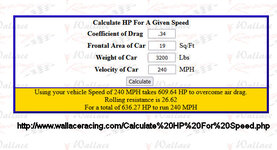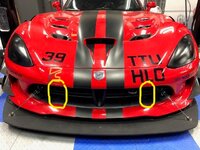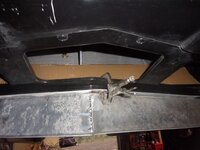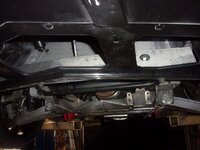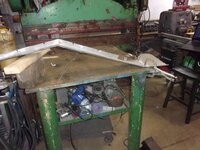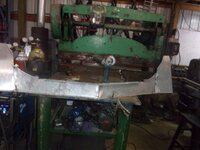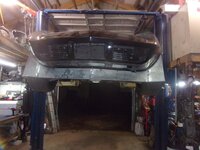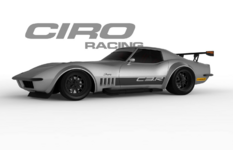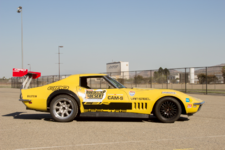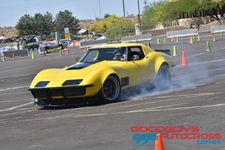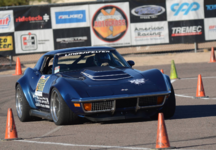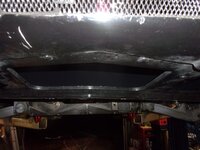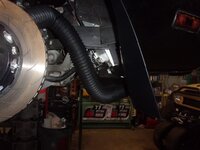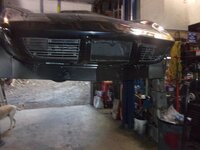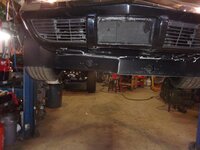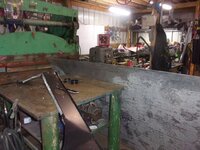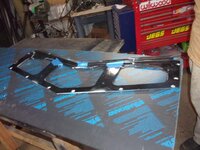So, got my walk in, and 3rd cuppa, here goes.
Let's assume 2000lbs maximum downforce on the splitter. So if 1000 is closer to "real" that gives a 2x safety factor.
Using 1/4 inch Stainless steel aircraft cable - you'd have 6400 lbs breaking strength available in each cable.
3/8" 7x19 Stainless Steel Aircraft Cable - 12000 lbs Breaking Strength
1/4" 7X19 Stainless Steel Aircraft Cable - 6400 lbs Breaking Strength
You could use skinny turnbuckles - about the same. It will come down to how many to install - four seem to be the "typical number." That is overkill for strength, but the important feature is not the individual strength - but "Pull-Through." That is a tough one to get answered- and depends on what you mount to. Here is one mounted with three struts:
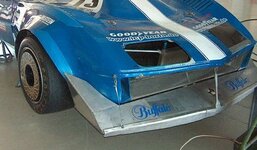
Variables to consider; LOAD, laminate thickness, number of supports, fastener diameter, and fastener head/bearing surface. In a test in the UK they found the main failure mechanism was diagonal shear cracking of the composite. Seems reasonable, if you have adequate bearing area on the fiberglass. If you are mounting to steel - well, no problem. In the picture above - I'd be concerned about those mounting points.
Assuming 2000 lbs with 4 attachments (on fiberglass structure), that is simple math - 500 pounds each. Do you want fender washers - or a bar? A 1/4 inch bolt at 500 lbs on a aluminum backing plate "ought" to be sufficient - or overkill. I'm guessing here, but would add something behind the factory (fiberglass) fastening locations, unless you are confident you could put 300-500 pounds pull on each and not pull through. The bolts would be good - but the surrounding fiberglass may not. If using washers - round would give better edge breakout protection vs square (sharp edge corners). If you could distribute the load over more area - all the better.
From a Rabbit Hole - for bolts mounted in epoxy grout - like garage floor to calculate the pull-out:
F = D x 3.1415 x L x 800 psi
F is bolt pull-out force
D is the grout hole diameter in inches
L is the length of the grout hole
[800 psi is the epoxy strength resisting pull]
Hope that helps and doesn't muddy the waters,
Cheers - Jim
